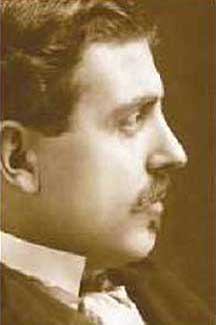The Animation Pioneers:
John Stuart Blackton (born 1875 England, died 1941 Los Angeles, California, USA.)

-Began career as a lecturer/illustrator, then a reporter/artist at The New York World.
- Becomes interested in film upon visiting Thomas Edison's Black Maria film studio.
-Pioneer in early cinema, produced early trick films.
-Formed Vitagraph in 1897, which eventually merged with Warner Brothers.
Emile Cohl (born 1857 in Paris, France, died 1938.)

-Well known as an illustrator before becoming an animator later in life.
-Belonged to the artist/political group The Incoherents (Les Arts Incohérents), that celebrated insanity and irrationality in art and culture. This is reflected strongly in Cohl's work.
-Use of metamorphic sequences in work.
-Recognized as one of the first artist/animators.
John Bray (born 1879 Detroit, Michigan, died 1978 Bridgeport, Connecticut)

-Established newspaper cartoonist who became interested in animation.
-Moved from multiple drawing animation to system where only moving parts were recreated.
-Established the division of labor style of production that is still used today.
-Patented his processes.
-Employed better marketing & distribution than other animation producers.
-Created the "Slash method", only redrawing what you need to.
Earl Hurd (born 1880, died 1940)

-Bray's eventual partner/employee.
-Held the patent on the Cel animation technique which Bray incorporated into his patents.
Raoul Barre (born 1874, died 1932.)

-Developed "Peg System" for holding individual drawings in place while photographing, thus minimizing camera shake during projection.
Ladislaw Starewicz (born 1892 in Poland/Lithuania, died 1965.)

-Displayed early interest in photography and entomology.
-Attempted to make a documentary film on Stag beetles at an early age only to be frustrated by their constant movement.
-Made many films in Russia, best known for The Cameraman's Revenge - the classic example of Stop-Motion Animation.
-Left for France in 1918, during the Russian Revolution which ultimately led to the replacement of the old Tsarist autocracy with the Soviet Union.
